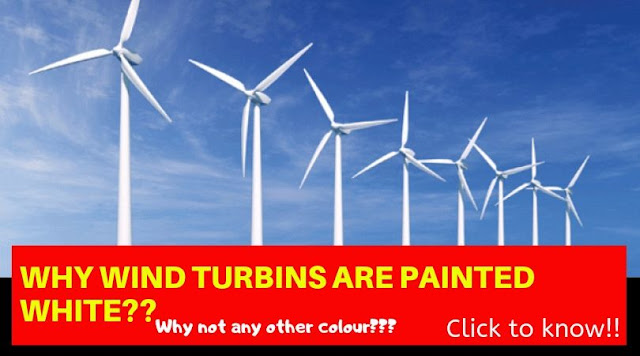On 16 April, 1853, Indian Railways started its services and the first train travelled at a distance of 33 km from Mumbai to Thane. While travelling through train, you may have seen coloured coaches and different coloured stripes on the train coaches such as yellow or white etc. Have you ever thought why these coloured stripes are given to some of the train coaches, what does it mean? Let us study through this article about the stripes and about the colour coaches & their significance.
On the blue ICF coach, the lines or stripes of yellow or white colour are placed on top of the window at the end of the coach, which is actually used to separate the coach from another coach. These lines indicate the unreserved coach of the second class. When a train arrives at the station, there are many people who are confused about the General Bogie, but by looking these yellow stripes, people can easily understand that this is the General Coach. Coach with white strip shows reservation class.
Similarly, the yellow stripes on blue / red are used for the handicapped and sick people. Similarly, green stripes on the grey indicate that the coach is for women only. These colour patterns are included only for the new Auto Door Closing EMU in Mumbai, Western Railway.Similarly, the red colour stripe indicates the first-class coach.





































